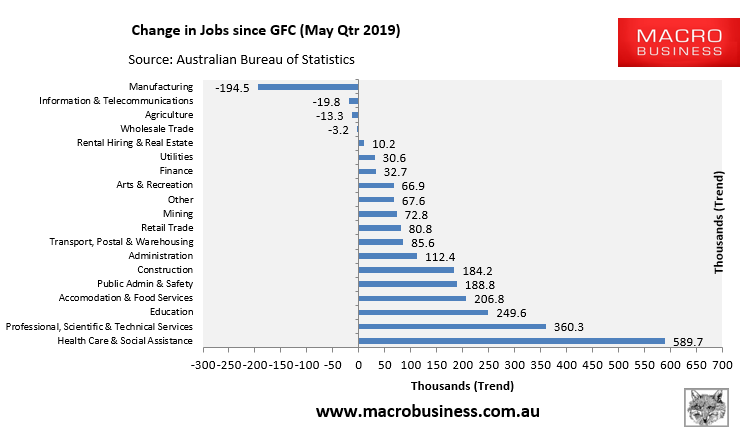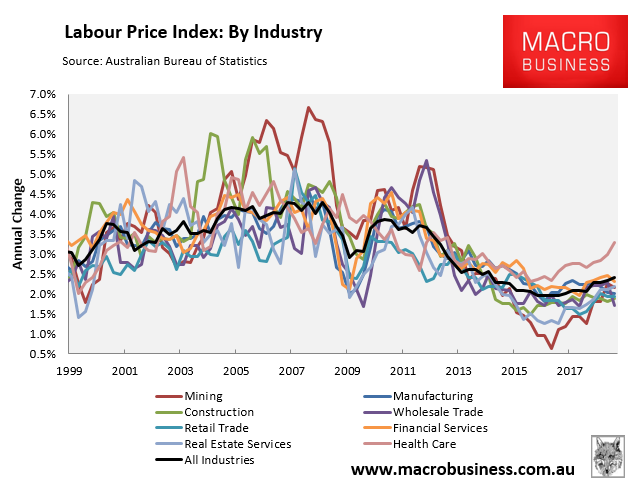The gap between male and female earnings has been aired once again:
The national gender pay gap now stands at 14 per cent, according to new data…
On average, women working full-time earned $1484.80 while men working full-time earned $1726.30 a week, a difference of $241.50.
The national gender pay gap measures the difference between the average weekly full-time base salary earnings of women and men, expressed as a percentage of men’s earnings, the agency says in a statement.
It is a measure of women’s overall position in the paid workforce and does not compare like roles.
South Australia (9.2 per cent or $140.90) and Victoria (9.6 per cent or $160) had the lowest gaps while Western Australia had the highest, at 21.8 per cent ($419.50).
“The gender pay gap matters for women. Although the gap is closing faster in some states than others, Australian women still have to deal with a pay gap favouring men in every state and territory of our nation,” said Libby Lyons, director of the Workplace Gender Equality Agency.
“These results also show that the barriers women face in having the same opportunities and rewards in our workplaces as men remain stubbornly persistent. It’s well beyond time for this to change.”
Ms Lyons called for more efforts from employers to address pay equity, saying the gap will not close on its own without co-operation from all concerned.
You will note from above that this analysis “does not compare like roles“, which renders it largely meaningless. If women were paid less than men in the same roles, then there would clearly be a problem. But as this is yet to be established, there is no genuine cause for concern on that basis.
Think about it logically from an employers’ perspective. If they could get away with employing women for 14% less in the same roles, why would they ever employ a man? It would not make economic sense. The fact this does not happen in practice disproves this “gender pay gap” claim.
The fact of the matter is that women are paid less than men on average because they take time off from work to have children and tend to work in lower paid professions, such as Health and aged care. This sector has experienced the fastest jobs growth:

It is also experiencing the strongest wage growth:

Though it is fair to argue that health and education jobs are undervalued and therefore underpaid relative to other sectors, they are also largely public-funded jobs so face a different calculus to market forces, such as the monopsony power of government. That is a societal issue requiring redress on a non-gender specific basis.
The majority of Australians operate as family units whereby husbands/wives pool their financial resources – both incomes and savings – and share workloads, be it paid or domestic. When couples divorce, financial resources are split-up and distributed among the spouses. So even here any perceived unfairness balances out.
If someone is single then they don’t face the issue of time out from the workforce anyway. See the point about valuing health and education more highly.
Instead of fighting fake gender wars, policy makers should focus on eliminating poverty, irrespective of gender. This is the key cause for concern in Australia.

